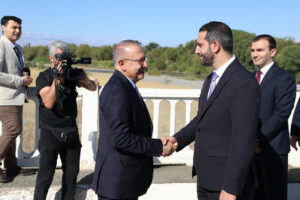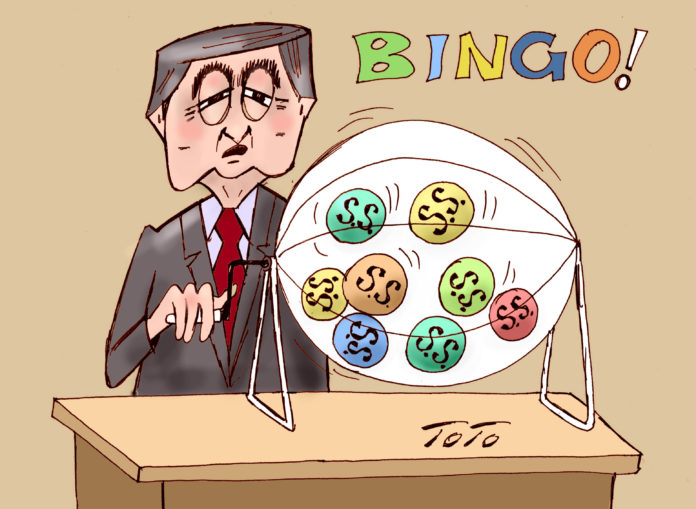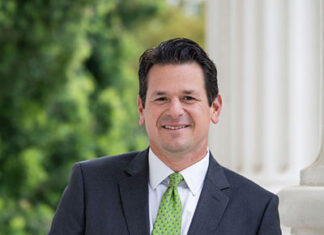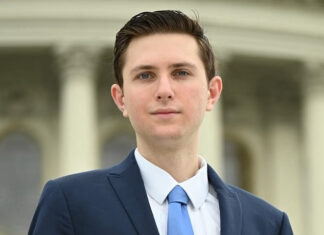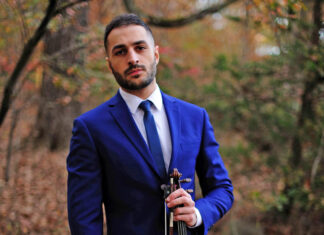By Edmond Y. Azadian
Armenia cannot entertain or exercise any political culture which is alien to the region, just as it cannot isolate itself from the corruption and cronyism which have defined the post-Soviet era.
Russian President Vladimir Putin and Prime Minister Dmitri Medvedev have been playing musical chairs in the Kremlin to perpetuate Mr. Putin’s rule well into the 2030s. Azeri President Ilham Aliyev changed to country’s constitution to perpetuate the Aliyev dynasty’s rule forever, with his wife Mehriban Aliyeva appointed as vice president to assure a smooth succession. In neighboring Turkey, the ruling AKP party succeeded in holding a referendum to consolidate the pedestal of Sultan Erdogan. Now, its Armenia’s turn to follow the trend.
President Serzh Sargsyan, after serving two terms, had his back against the wall. He could not even emulate the Russian model because he could not find a reliable partner to swap offices with and he feared falling into the trap he had designed himself for his predecessor. Former Armenian President Robert Kocharyan, under whom Sargsyan served as prime minister, had believed that by ushering Sargsyan to the presidential palace, the throne would be waiting for him at the end of the presidential term.
It is part and parcel of the post-Soviet political culture to cling to power as long as possible by altering the government structure to skirt democratic principles.
Armenia held its referendum in a timely fashion to convert the system from presidential rule to parliamentary. Thus, political parties were empowered to elect the president, taking away the citizens’ right to speak. The name of the game is indirect democracy. There will certainly take place a power transfer from the office of the president to the prime minister, with the former mainly playing a ceremonial role.
